Search
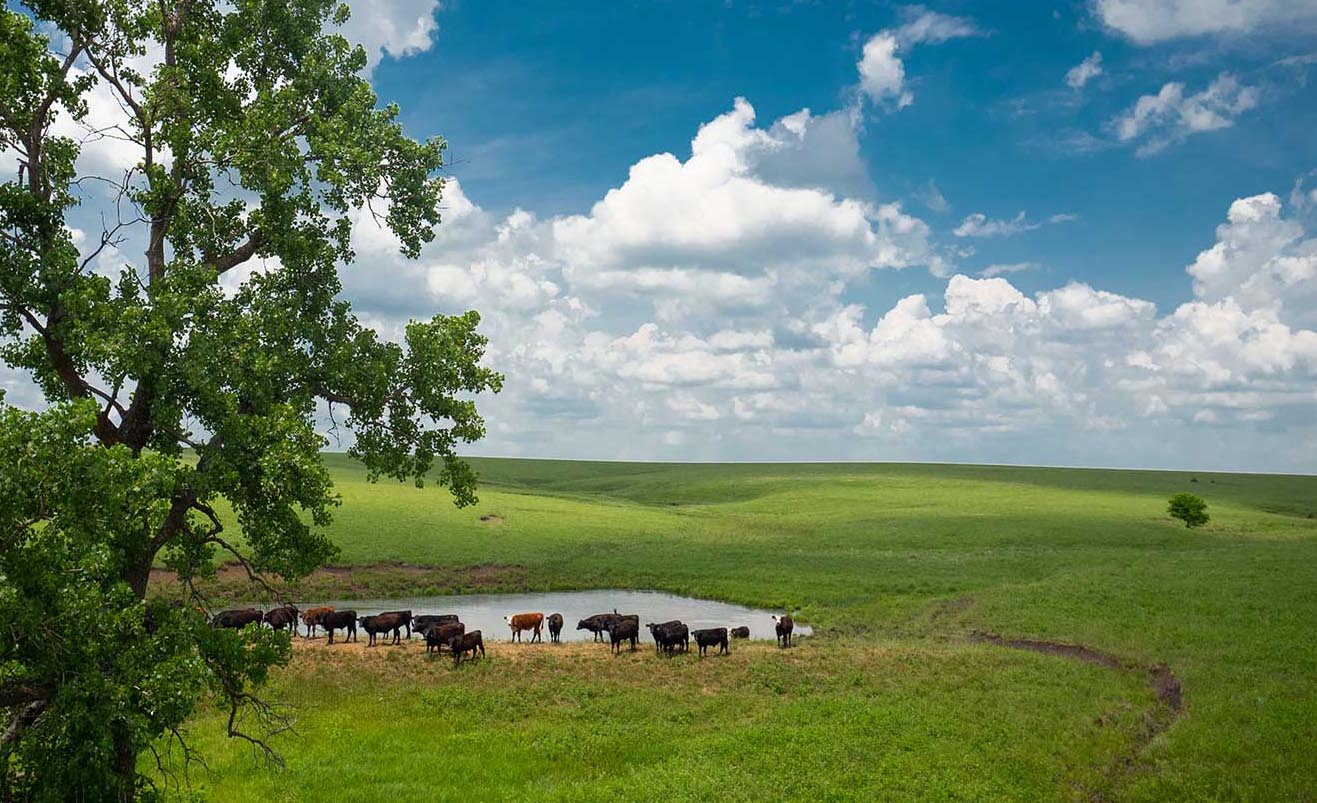
Livestock Water Testing
SDSU Extension offers on-site livestock water testing services at 33 locations across the state.
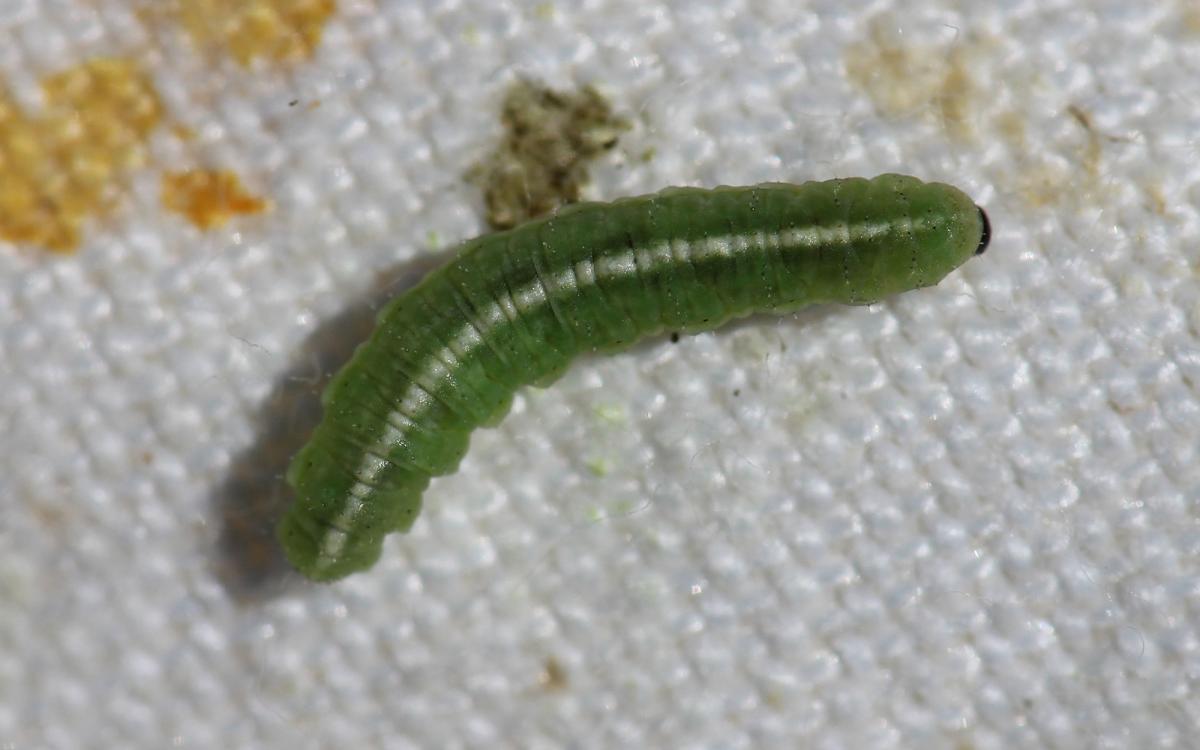
Alfalfa Weevil Activity Prediction Update: May 29, 2024
Most alfalfa weevil larvae that were observed this week were between the first and second instar, but it is likely that later instars are present in southern counties.
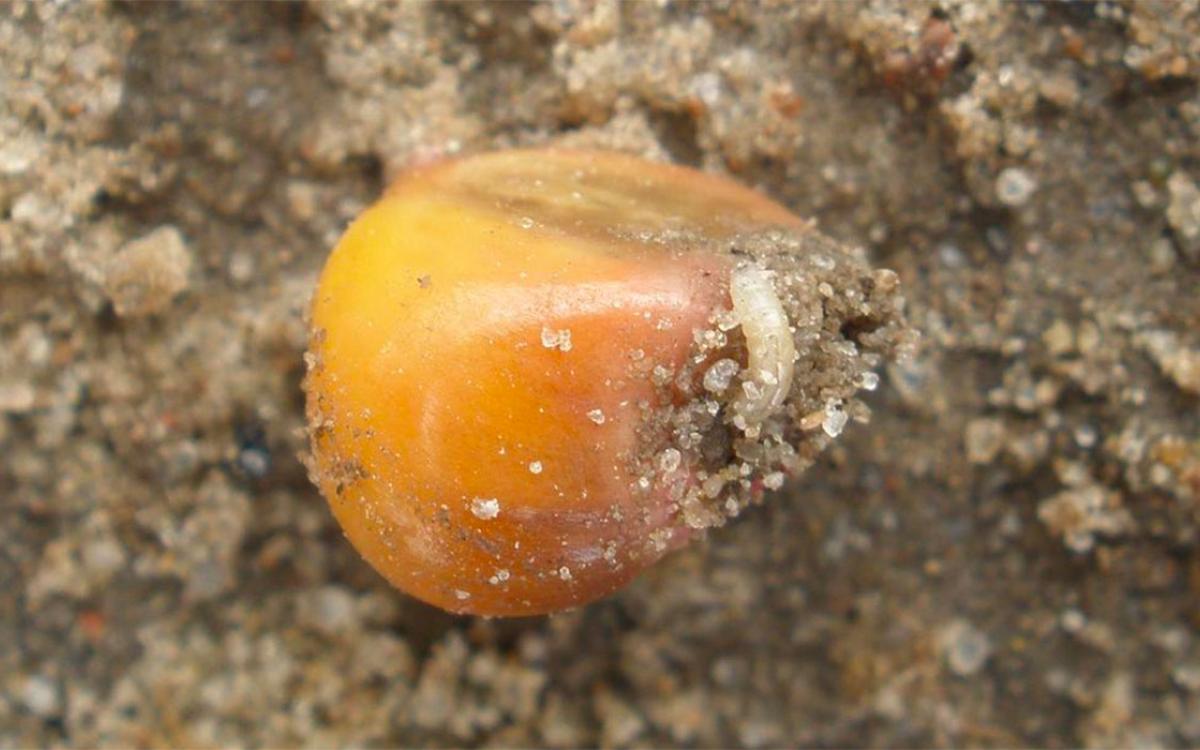
Seedcorn Maggot Degree Day Activity Estimates: May 29, 2024
Many of the northern counties are approaching enough degree days for a peak second-generation seedcorn maggot emergence to occur.
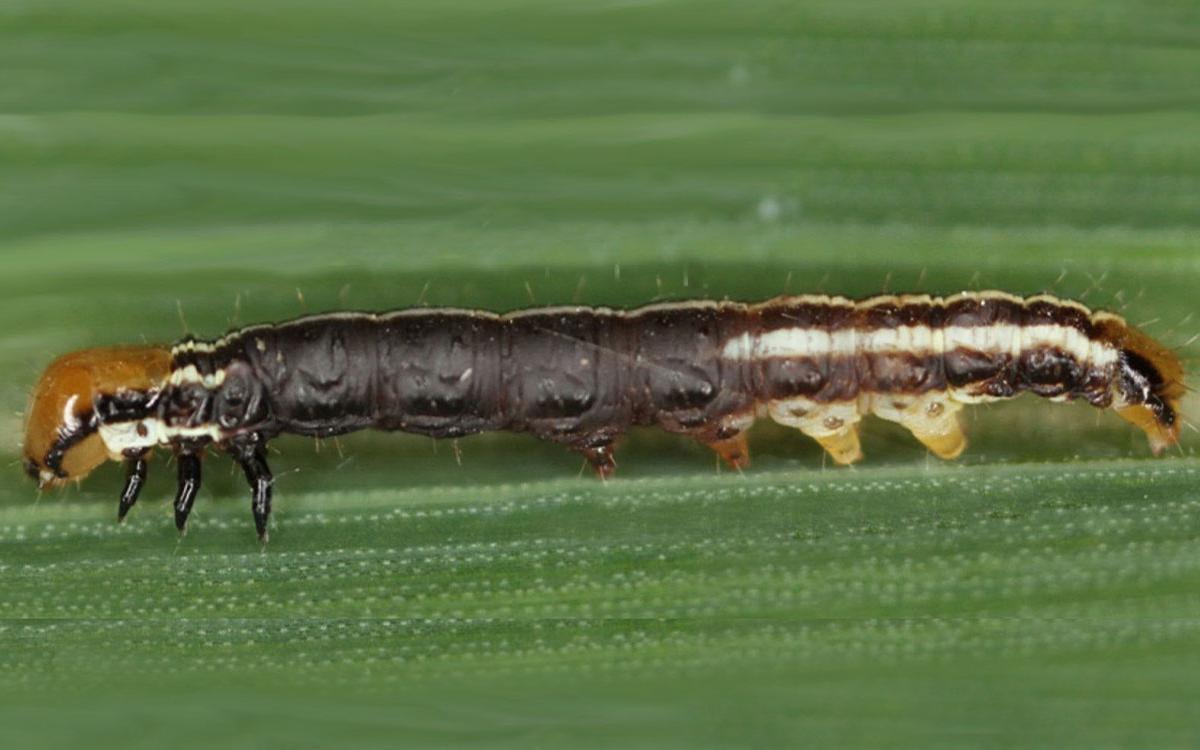
Common Stalk Borer Activity Estimate: May 29, 2024
Common stalk borer caterpillars are still present in grass and alternative weed hosts along field edges at this time.
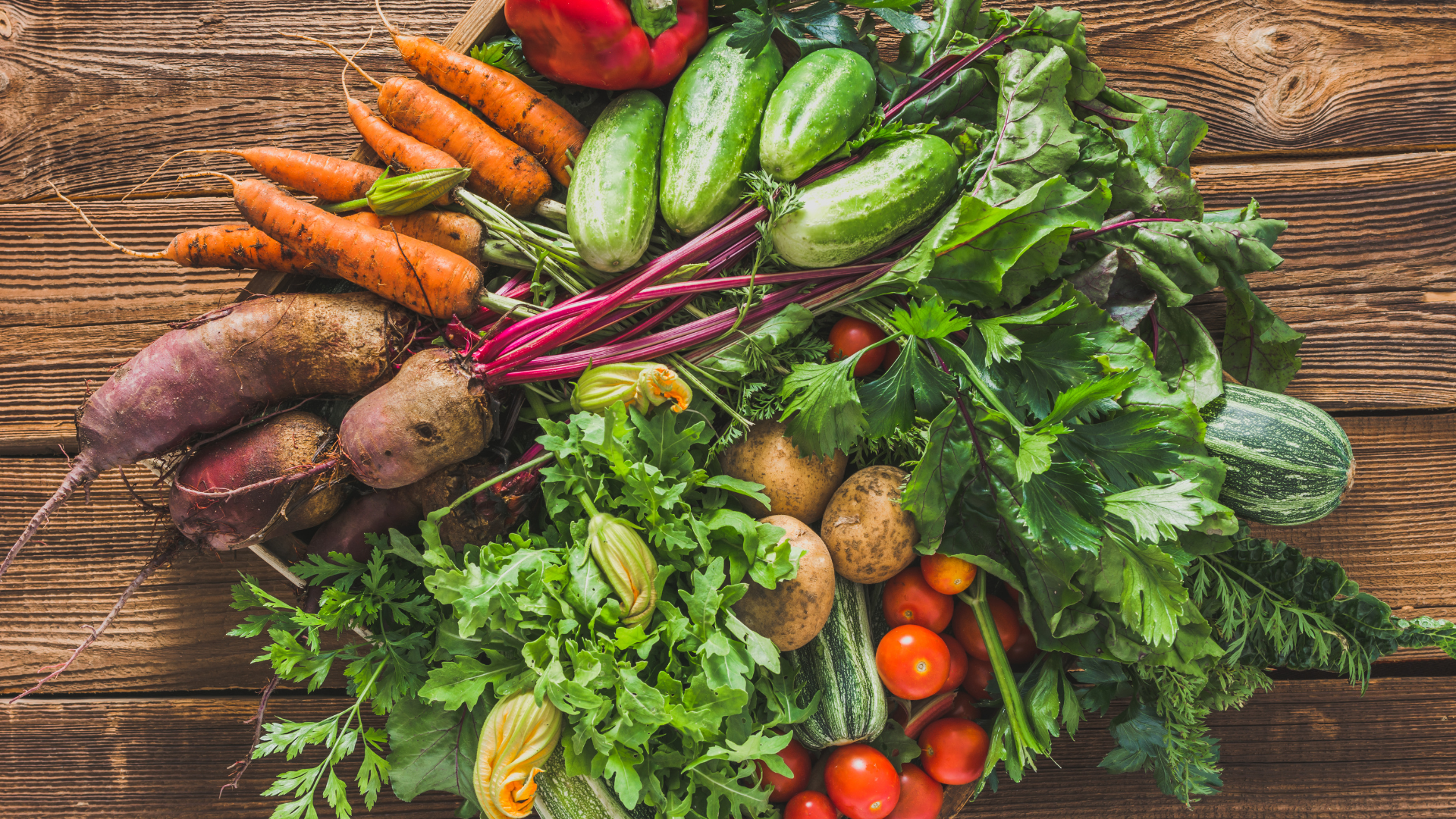
Dakota Food Rx Recipes
Recipes for Dakota Food Rx patients

SDSU Extension to host disease management workshops
May 29, 2024
South Dakota State University Extension will continue its 10th anniversary celebration of Better Choices, Better Health-South Dakota with a series of virtual workshops on disease, pain and cancer self-management.
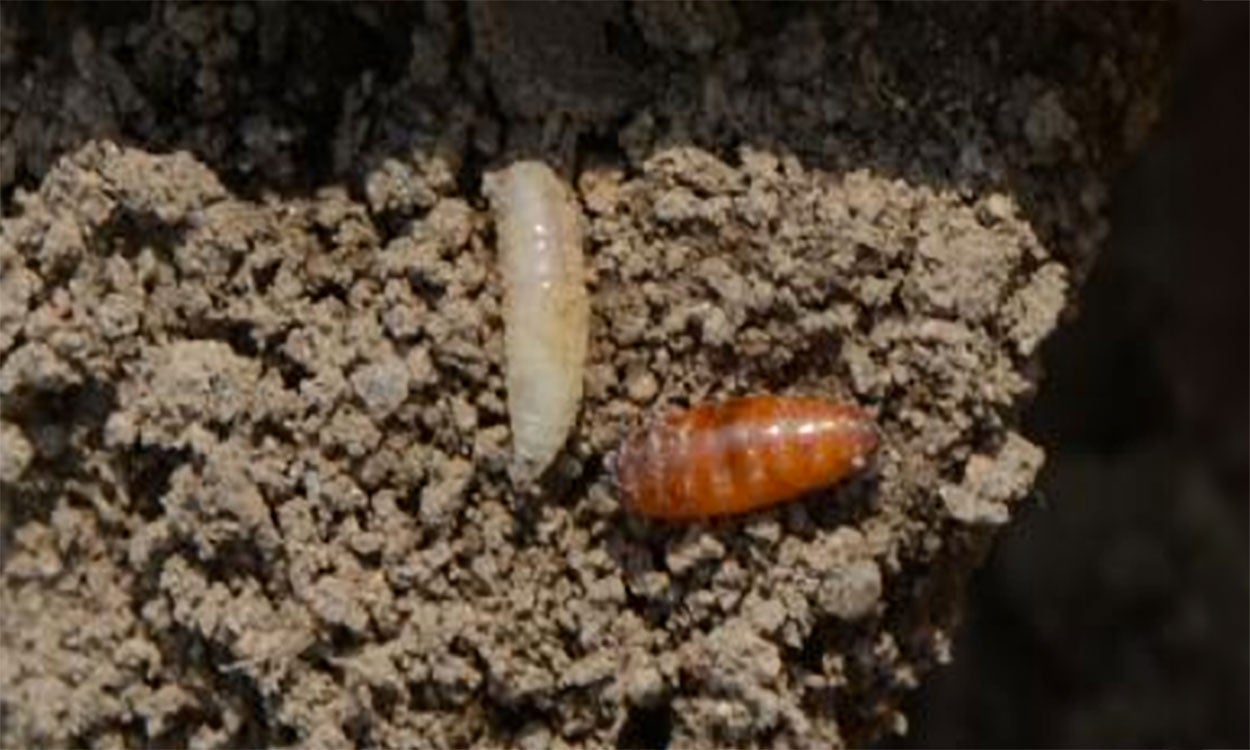
Monitor for Seedcorn Maggots in Wet Planted Fields
Current spring conditions, including wet soil and cool temperatures, could result in seedcorn maggot issues in South Dakota.

Critical Period of Weed Control: A good, but not perfect guideline
The critical period of weed control is the period during a crop lifecycle when weeds need to be managed to avoid a significant yield loss.
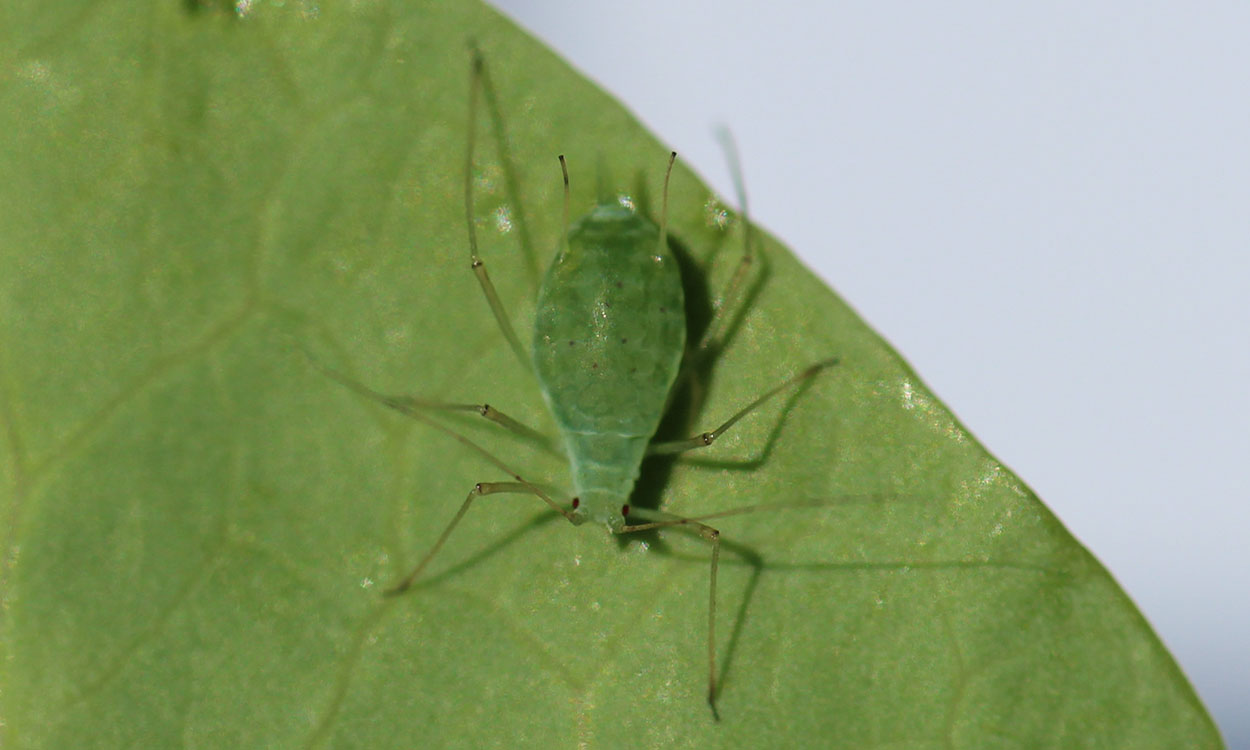
Monitor Alfalfa for Pea Aphid Activity
Pea aphids can cause yield reductions to alfalfa when large populations are present. Prolonged feeding by these populations can even cause the alfalfa fields to take on a “golden” color.

Public Perception and Animal Well-Being
So you ask why is public perception and animal well-being important? Well, did you know that there is just a little over 1% of the population involved in production agriculture, today? Did you know that 98% of the people have no direct connection with how their food is produced?